Back to Courses
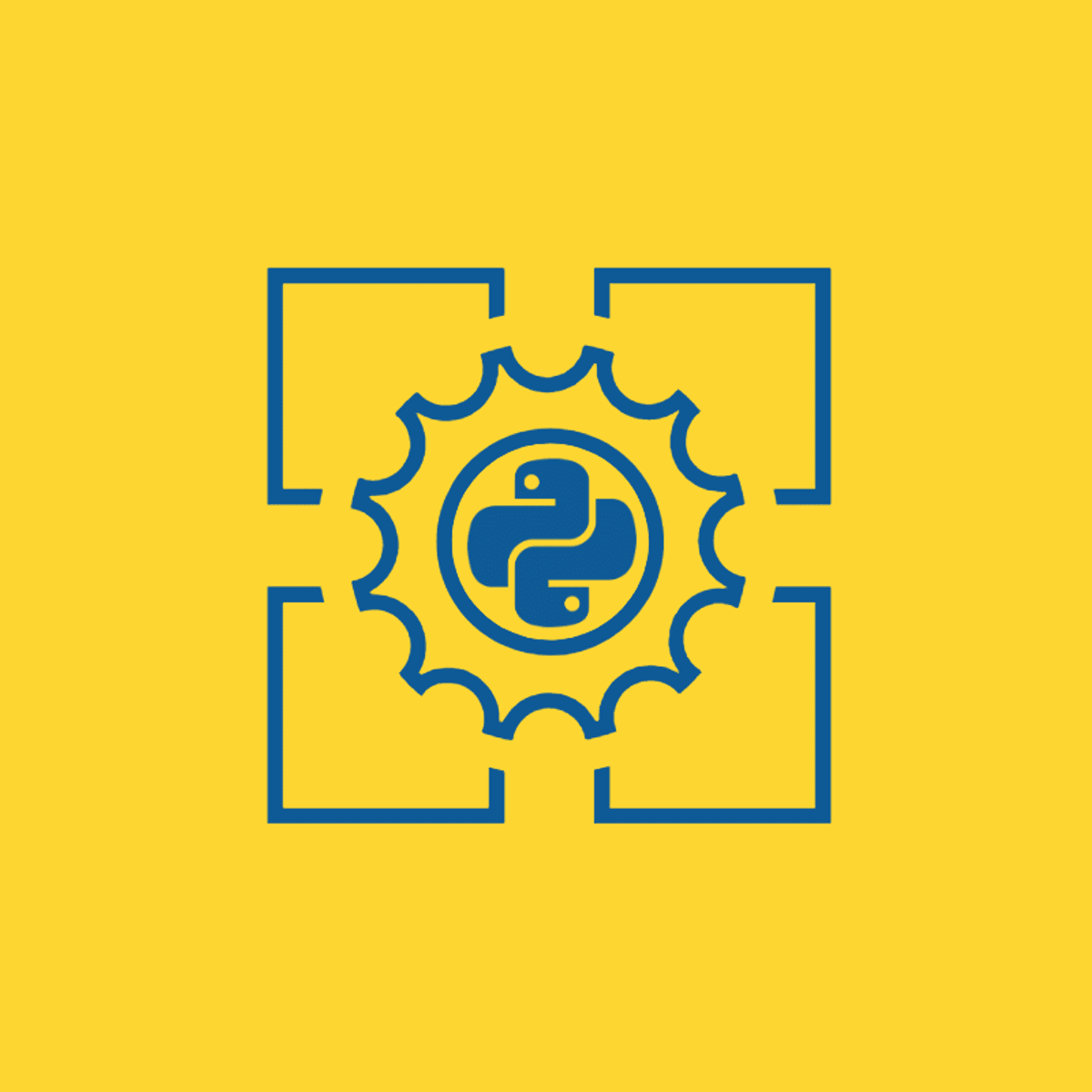
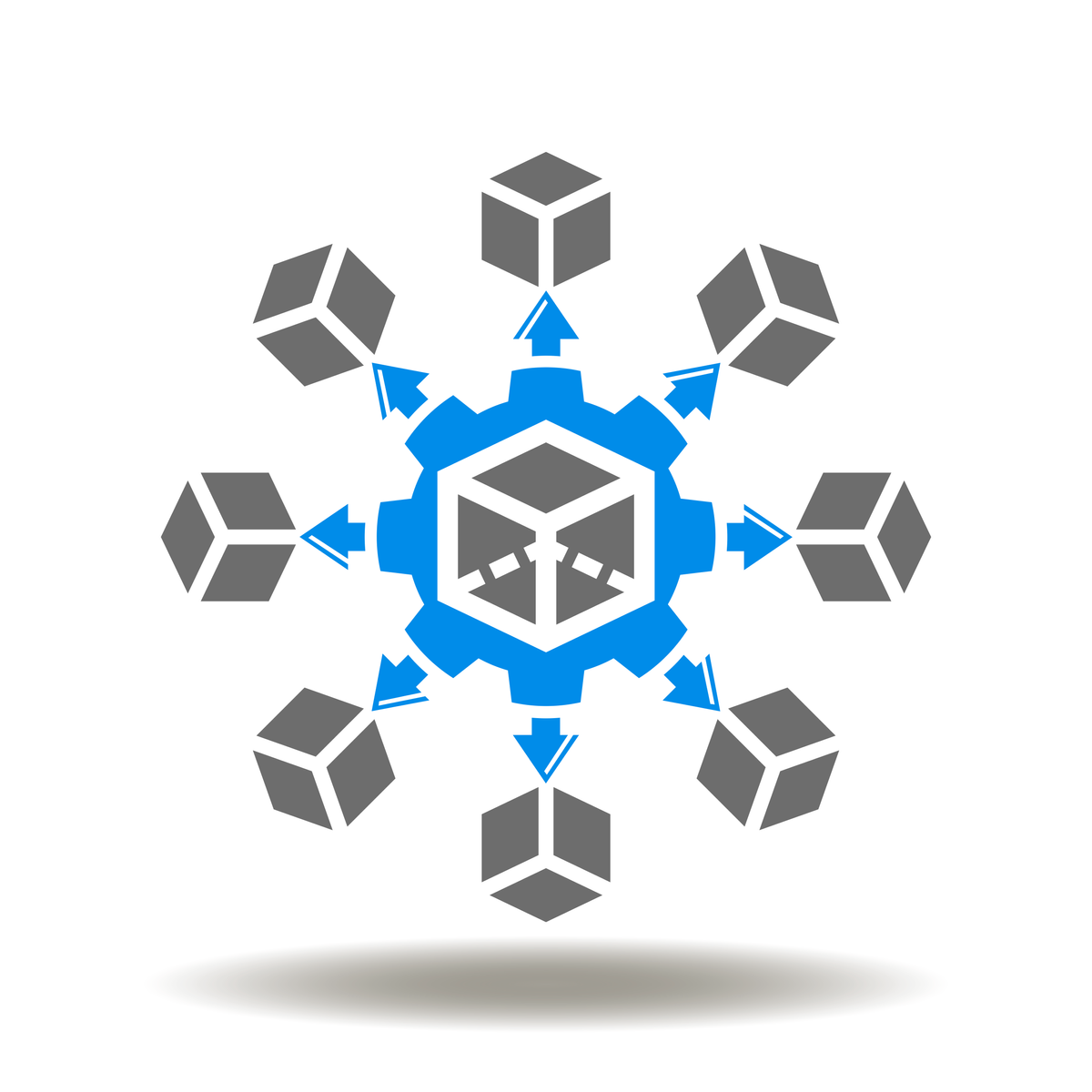
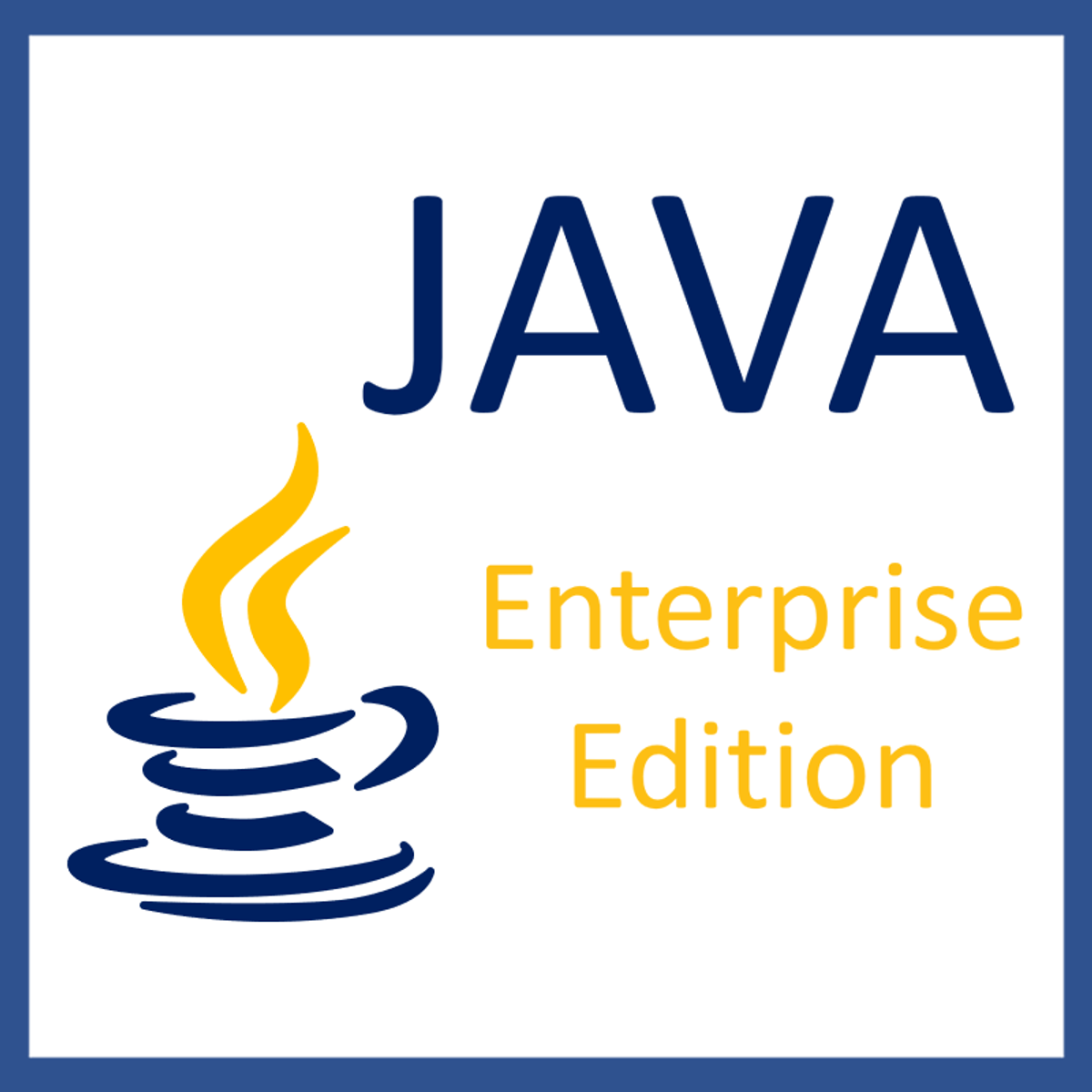

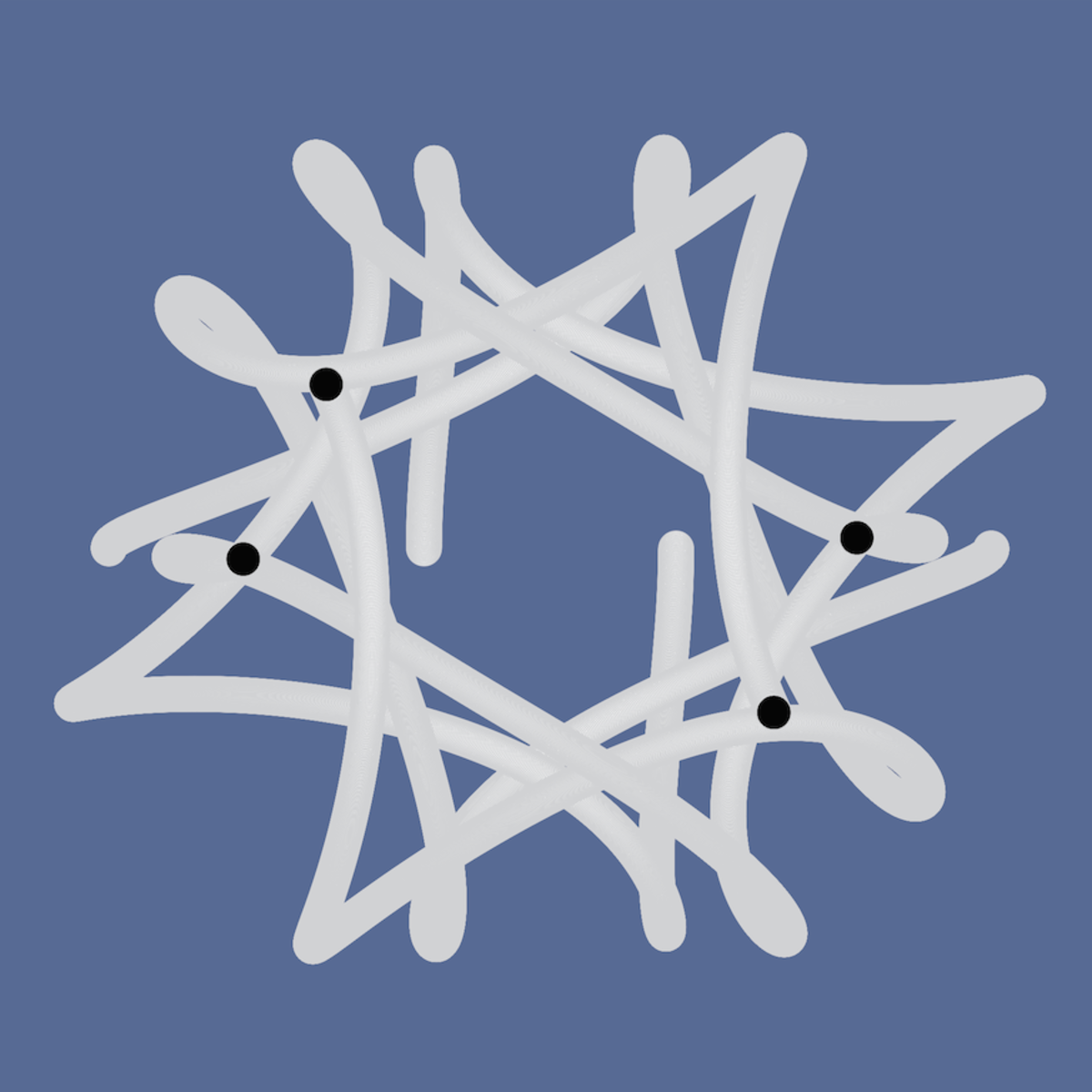
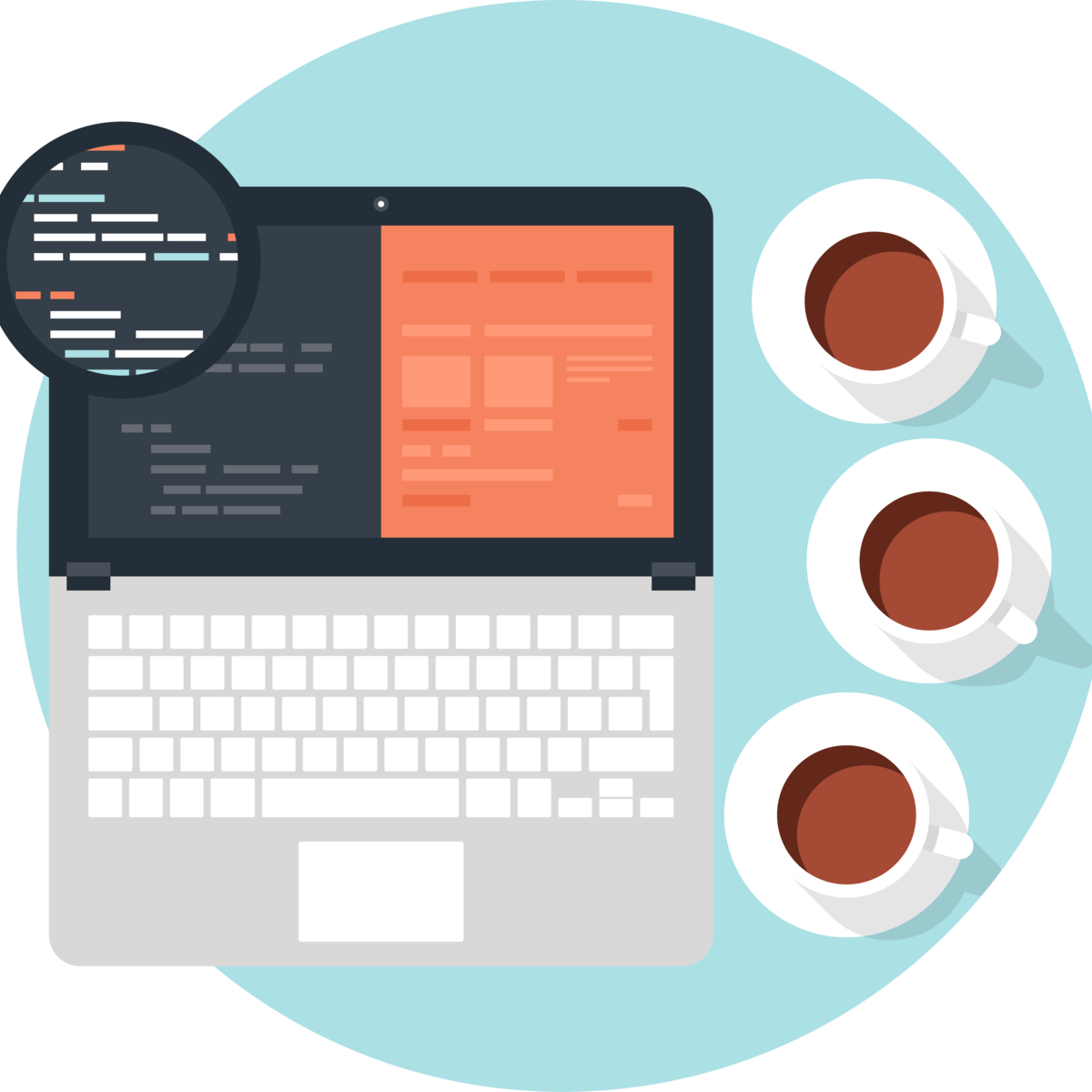

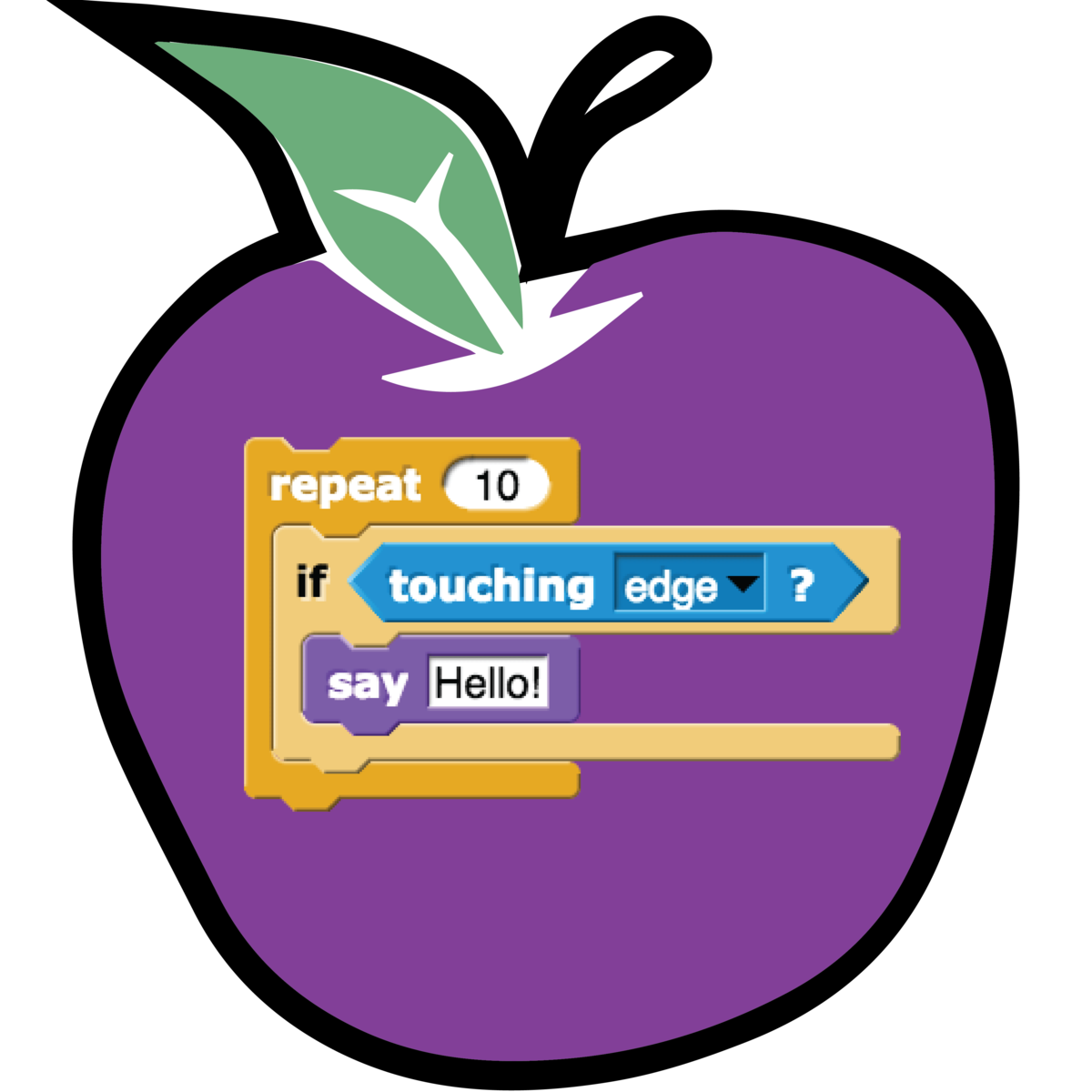

Software Development Courses - Page 68
Showing results 671-680 of 1266

AWS Cloudfront: Serve content from multiple S3 buckets
In this 2-hour long project-based course, you will learn how to serve content from multiple S3 buckets using AWS CloudFront from the AWS console
Amazon CloudFront is a fast content delivery network (CDN) service that securely delivers data, videos, applications, and APIs to customers globally with low latency, high transfer speeds, all within a developer-friendly environment. Whereas Amazon Simple Storage Service (Amazon S3) is an object storage service that offers industry-leading scalability, data availability, security, and performance. By completing the steps in this guided project, you will successfully create multiple AWS S3 buckets & serve or distribute its content using AWS Cloudfront via AWS management console within the AWS Free Tier. You will also get hands-on setting up error pages, global distribution restrictions, etc.
Select Topics in Python: Django
Code and run Django websites without installing anything!
This course is designed for learners who some experience with Python but a novice to Django. The modules in this course cover setting up a Django project; understanding the relationship between views, templates, and URL patterns; introduces models and the database; styling with Bootstrap; and deploying Django.
To allow for a truly hands-on, self-paced learning experience, this course is video-free. Assignments contain short explanations with images and runnable code examples with suggested edits to explore code examples further, building a deeper understanding by doing. You’ll benefit from instant feedback from a variety of assessment items along the way, gently progressing from quick understanding checks (multiple choice, fill in the blank, and un-scrambling code blocks) to slowly building features, resulting in large coding projects at the end of the course.
Course Learning Objectives:
View, templates, and URL patterns
Models and the database
Styling with Bootstrap
Deploying Django

Build a simple API-driven e-commerce application
In this 1-hour long project-based course, you will learn how to build a simple restful API with python, create YAML and docker files, and how to connect containers together by means of a minimal website to create a fully interconnected microservice system using docker-compose.

Enterprise Java Beans (EJBs) and the Jakarta Persistence API (JPA)
The EJB architecture was the first component-based development model for Java EE specification. It consists of three main components; enterprise beans (EJBs), the EJB container, and the Java application server. In this course students will develop EJBs to run it run inside an EJB container, that is running on a Java EE compliant application server. Students will see that EJB Components enables you to build scalable and accessible enterprise applications

DevOps Capstone Project
In this course you will apply your skills and knowledge acquired during previous courses in the PC to demonstrate your proficiency in DevOps practices by developing, testing, deploying, monitoring, and enhancing a secure microservices-based application on Cloud, over the course of several sprints, using a variety of Agile, Cloud Native, and CI/CD technologies and tools.

Computer Science: Programming with a Purpose
The basis for education in the last millennium was “reading, writing, and arithmetic;” now it is reading, writing, and computing. Learning to program is an essential part of the education of every student, not just in the sciences and engineering, but in the arts, social sciences, and humanities, as well. Beyond direct applications, it is the first step in understanding the nature of computer science’s undeniable impact on the modern world. This course covers the first half of our book Computer Science: An Interdisciplinary Approach (the second half is covered in our Coursera course Computer Science: Algorithms, Theory, and Machines). Our intent is to teach programming to those who need or want to learn it, in a scientific context.
We begin by introducing basic programming elements such as variables, conditionals, loops, arrays, and I/O. Next, we turn to functions, introducing key concepts such as recursion, modular programming, and code reuse. Then, we present a modern introduction to object-oriented programming.
We use the Java programming language and teach basic skills for computational problem solving that are applicable in many modern computing environments. Proficiency in Java is a goal, but we focus on fundamental concepts in programming, not Java per se.
All the features of this course are available for free. It does not offer a certificate upon completion.

Distributed Programming in Java
This course teaches learners (industry professionals and students) the fundamental concepts of Distributed Programming in the context of Java 8. Distributed programming enables developers to use multiple nodes in a data center to increase throughput and/or reduce latency of selected applications. By the end of this course, you will learn how to use popular distributed programming frameworks for Java programs, including Hadoop, Spark, Sockets, Remote Method Invocation (RMI), Multicast Sockets, Kafka, Message Passing Interface (MPI), as well as different approaches to combine distribution with multithreading.
Why take this course?
• All data center servers are organized as collections of distributed servers, and it is important for you to also learn how to use multiple servers for increased bandwidth and reduced latency.
• In addition to learning specific frameworks for distributed programming, this course will teach you how to integrate multicore and distributed parallelism in a unified approach.
• Each of the four modules in the course includes an assigned mini-project that will provide you with the necessary hands-on experience to use the concepts learned in the course on your own, after the course ends.
• During the course, you will have online access to the instructor and the mentors to get individualized answers to your questions posted on forums.
The desired learning outcomes of this course are as follows:
• Distributed map-reduce programming in Java using the Hadoop and Spark frameworks
• Client-server programming using Java's Socket and Remote Method Invocation (RMI) interfaces
• Message-passing programming in Java using the Message Passing Interface (MPI)
• Approaches to combine distribution with multithreading, including processes and threads, distributed actors, and reactive programming
Mastery of these concepts will enable you to immediately apply them in the context of distributed Java programs, and will also provide the foundation for mastering other distributed programming frameworks that you may encounter in the future (e.g., in Scala or C++).

Build a MERN application using Next.js
By the end of this project, you will Build a MERN application using Next.js by using Next.js to fetch data from an existing REST API and passing props to a React component to present questions and check answers on a form.
Next.js is used to provide server-side rendering and routing. React is used for presenting dynamic data on the Client side for such activities as form processing. Next.js may be responsible for fetching data from an API to create props, while the React component handles form creation and event processing.
Note: This course works best for learners who are based in the North America region. We’re currently working on providing the same experience in other regions.

Computational Thinking for K-12 Educators: Abstraction, Methods, and Lists
How do gamers cause things to happen when they hit buttons on their controller? How does the computer keep track of gamer's scores?
This class teaches the concepts of nested loops, events, and variables. For each concept, we'll start by helping you connect real-world experiences you are already familiar with to the programming concept you are about to learn. Next, through a cognitively scaffolded process we'll engage you in developing your fluency with problem solving with nested loops, events, and variables in a way that keeps frustration at a minimum.
Along the way you will learn about the common challenges or "bugs" students have with these concepts as well as ways to help them find and fix those concepts. You'll also be guided in running classroom discussions to help students develop deeper understanding of these concepts.
Finally, you'll learn how to develop low-frustration learning experiences for learning programming via Parsons' Problems., Additionally, you will create an email to either a counselor, administrator or parent organization to help them understand the value of all students taking computer science.

Dart: Introducing Class Abstraction
This is a self-paced lab that takes place in the Google Cloud console.
In this lab you will learn how to work with Classes in Dart. Object oriented programming provides an abstraction of code and Dart is perfectly placed to work in this way.
Popular Internships and Jobs by Categories
Browse
© 2024 BoostGrad | All rights reserved


